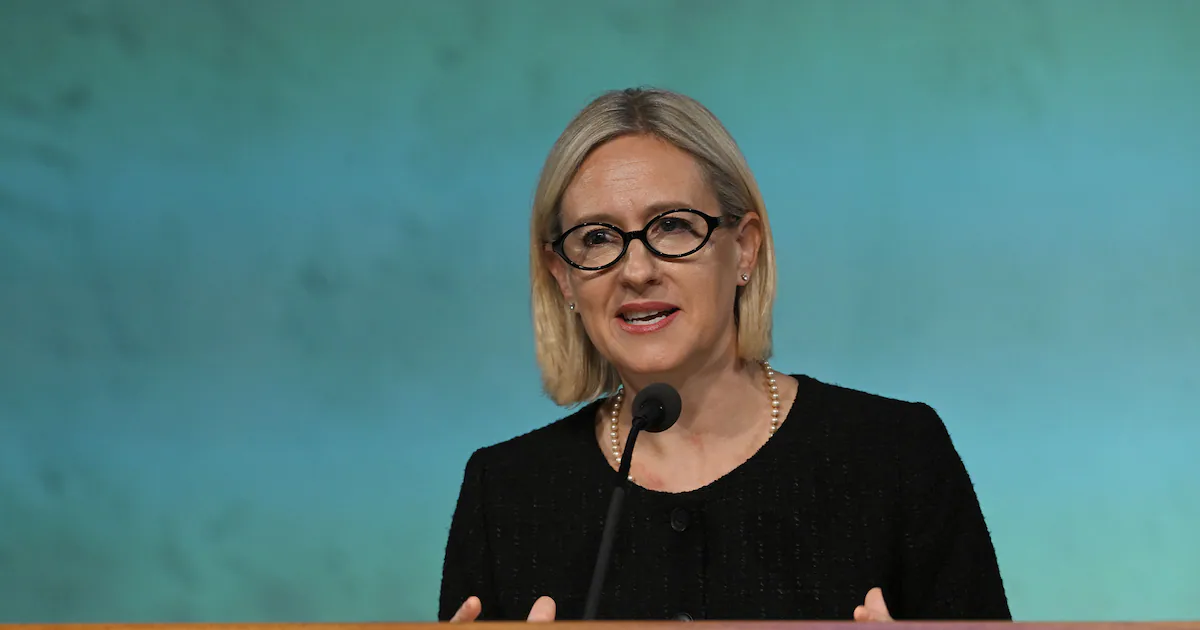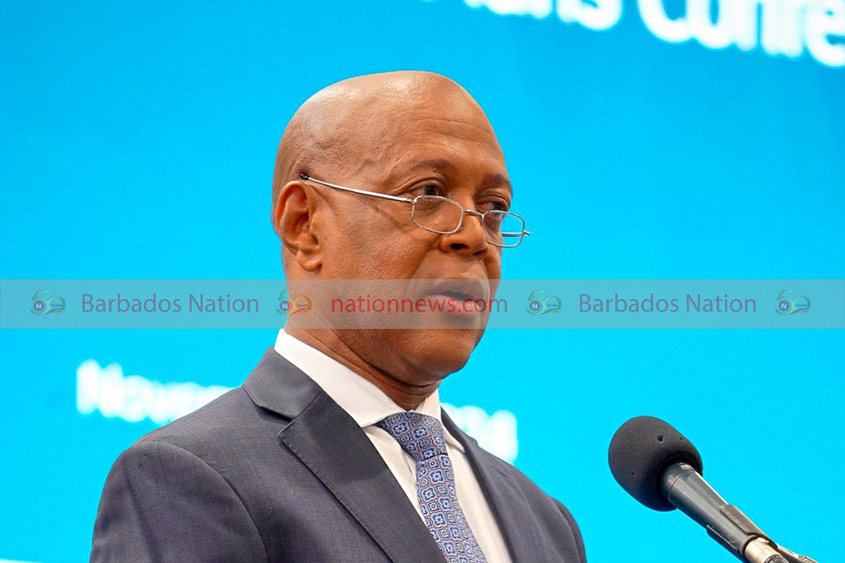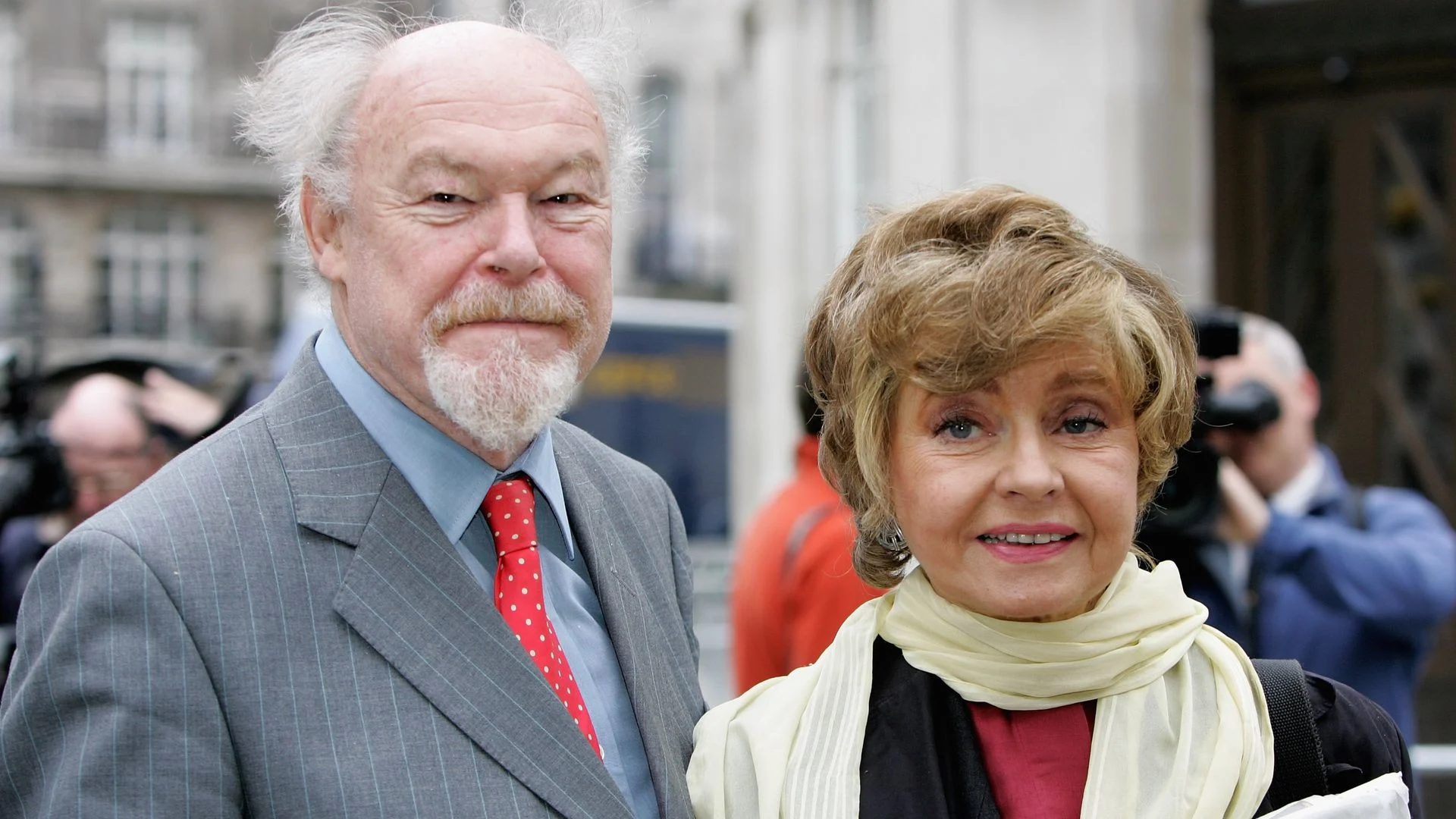Copyright idronline

For a nonprofit, balancing the ambition to reach more people with scarce resources and diverse local contexts can often feel like an insurmountable challenge. Some organisations are limited by centralised models that do not translate well at scale; others cannot account for different regions and realities. At Yuva Unstoppable, we faced similar obstacles. Like many nonprofits, we learned that good intentions do not scale—systems do. Scaling demands not just replication, but also a combination of clarity and flexibility. This realisation led us to develop the approach we use today—one that decentralises delivery, leverages partnerships with vendors, and puts local capacity at the heart of implementation. Our work began in education—improving school infrastructure, access to modern learning tools, and life skills for children from underserved communities—but it has since expanded to a wider mission of strengthening social infrastructure. We collaborate with nonprofits, local enterprises, CSR funders, and governments in more than 8,000 schools and 25 states. Our focus is on building community-level models that advance education, health, and environmental resilience. But scaling does not come without trade-offs. On our path to finding the right operating rhythm, we have encountered several roadblocks. These challenges have also yielded insights that helped us rethink how to achieve scale. From doing it all to managing it all In the initial years, our work was deeply hands-on. Our observations about gaps in school infrastructure and teacher capacity emerged through this work, and these insights laid the foundation for the first projects that we took on. Our current operating model—what we call the Core-Flexi model—emerged over time as we realised the scale of the needs we were attempting to address. As we grew to working across multiple states, we realised that scaling with limited resources requires clarity on what to hold close and what to give away. In other words, we needed to evolve from doing it all to managing it all. This meant primarily focusing on programme design, stakeholder engagement, capacity building, monitoring and evaluation, and community ownership. The model that emerged is distinct from the more traditional hub-and-spoke model. In a hub-and-spoke structure, power and control remain centralised, with satellite teams responsible only for execution. In our model, the ‘core’—programme design, quality standards, due diligence, stakeholder management, and donor accountability—is retained by Yuva. These elements cannot be outsourced. The ‘flexi’—execution, cultural adaptation, last-mile delivery, and community engagement—is deliberately given away. Partners—whether vendors, nonprofits, school clusters, or local governments—are enabled to execute with ownership while operating within strong accountability frameworks. For instance, for water, sanitation, and hygiene (WASH) infrastructure projects, our core defined the design and safety benchmarks for constructed structures. In Gujarat, our local partners sourced fixtures through state supply chains. In Odisha, however, the partners engaged village committees for upkeep. Both sets of partners met our quality charter through locally relevant pathways. These differences might seem operational, but they changed how we define success—from uniformity of process to consistency of outcomes. By adopting this model, our interventions have scaled to more than 8,000 schools, despite operating with a lean central team of 65 people. Our work across these states is largely implemented by our partners, consisting of approximately 100 organisations and 250 contractors. A double-edged sword While our model has been critical to enabling scale, it has also presented operational and relational challenges over the years—some that we’re still learning from. 1. Assurance of quality Quality assurance remains a foundational challenge, particularly when working with hundreds of local contractors, vendors, and implementing nonprofits. While we’ve developed rigorous standard operating procedures (SOPs), vendor qualification processes, audit loops, and milestone-linked checks, technical execution is only half the picture. For a long time, our focus was strictly on technical quality—materials, specifications, timelines. But we’re increasingly recognising that schools and communities judge us as much by how we work with them as by what we deliver. For example, in a smart classroom project, two vendors delivered sound installations. But one of them also trained teachers patiently and followed up after a month, leading to higher adoption and goodwill. Therefore, service excellence, which looks at how respectfully, responsively, and transparently our partners engage with schools and communities, is now a core quality dimension that we account for. To embed this, we: Conduct service excellence workshops for partners with examples of good vs poor practices. Update SOPs to include communication and responsiveness alongside technical tasks. Establish feedback loops with principals and communities to assess lived experience. 2. Maintenance and sustainability Our involvement is limited to the construction, but not the maintenance, of infrastructure. Consequently, a recurring issue we’ve noticed is that due to lack of regular maintenance by schools/local authorities, the toilets we’ve built are no longer functional when we return to conduct assessments two to three years later. We’re looking to incorporate a maintenance agenda into our offerings by including the operational expenditures of such infrastructure in our budget. Assuming a toilet costs INR 8 lakh to build and INR 15,000 to maintain annually, its utility can be stretched by an additional five to seven years if INR 10 lakh is budgeted as the overall cost. It taught us that sustainability is not a postscript—it must be designed in from the start. 3. Partner churn and shared accountability Partner churn is a reality in our sector. Micro, small, and medium enterprises (MSMEs) and grassroots organisations often face attrition, financial stress, or seasonal disruptions. Left unmanaged, these can derail projects. To mitigate this, we maintain a pre-vetted, trained pipeline of partners, continuously investing in capability building—sometimes ahead of demand. We’ve also moved towards a referral-based model for finding new partners, which ensures credibility through existing relationships. We’ve learned that accountability cannot be outsourced. While execution can be decentralised, we remain responsible for outcomes and donor trust. For example, when a project was delayed because a Punjab-based vendor couldn’t reach the location due to inclement weather, we mobilised another trained partner as a replacement instead of delaying the project further. We also build ownership with schools through practices such as post-project supervision, behaviour change sessions that instil a sense of stewardship among students, and co-ownership workshops with teachers and principals. These efforts ensure that even if partners change, the community remains committed to maintaining facilities and outcomes. 4. Monitoring as a learning engine n the monitoring and evaluation (M&E) front, decentralised implementation has required a strong investment in tech tools, real-time data capture, and independent audits. We use geotagged photos, mobile dashboards, and usage data from interventions such as smart classrooms to ensure we’re not just tracking outputs, but also learning and refining based on outcomes. Once a compliance tool, M&E is now evolving into a learning function baked into every project. For example, we’ve begun establishing outcome taxonomies such as classroom usage, sanitation adoption, and learning metrics to measure real change. It’s still a work in progress, but the shift from checklists to learning loops is well underway, ensuring that each project strengthens the next. For example, data from the smart classroom intervention revealed that usage would often be disrupted by power cuts. UPS devices were subsequently included into the infrastructure to ensure a stable power supply and improve usage. This data-informed tweak made adoption smoother. Building on what we’ve discovered 1. Optimise the operating rhythm A simple but powerful operating rhythm drives the model. It begins with rigorous due diligence at the school level—mapping infrastructure gaps, learning conditions, and contextual needs. Every intervention is designed to solve a real, time-sensitive problem—not just to install assets for the sake of it. For example, instead of simply building toilets in school—we facilitate the construction of WASH systems that include drinking water access, handwashing stations, and menstrual hygiene support. When the foundation is strong, we can layer on additional interventions—such as solar electrification, rainwater harvesting systems, and eventually, academic programmes that support foundational literacy and numeracy (FLN) outcomes. Our central team is focused on quality, strategy, and values, while local partners provide speed, cultural context, and last-mile execution. 2. Decentralise execution but centralise values Most of our vendors are MSMEs—local construction firms, furniture makers, and sanitation fixture suppliers—that bring local expertise, so we give them the freedom and support to implement processes as they see fit. We onboard the vendors after due diligence and reference checks, and take them through our SOPs, covering state-level specifications, materials standards, and inspection protocols. This entire process usually takes less than a month. We actively push to foster a sense of partnership, enabling them to take ownership of the work and deliver better results for school communities. 3. Radical transparency builds long-term donor trust The prevailing paradigm is that working with corporate donors is more about compliance than transparency. Rather than simply providing donors with baseline, midline, and endline data, we adopted a transparent approach—offering as much data as possible, as often as possible. A reasonable fear for nonprofits is that more data will lead to more questions from funders, creating an additional burden. We had a rough few years in the beginning and had to invest significant time and effort in building a system that our corporate partners could trust. We collect data from our implementation partners monthly, including geotagged photos of infrastructure projects, regardless of project completion. In addition to data on infrastructure, data is gathered on our teacher capacity building and student interventions. We’ve also established a communications team to interface with corporate donors, translating raw data from the ground into meaningful updates. Ensuring that donors read this data is an added challenge. To address this, we set up ‘gratitude calls’ where we share updates on the progress of projects and programmes. During these calls, we also seek feedback on the reports we’ve previously shared, and occasionally include recipient students or teachers to share their experience. All of this helps convey a story to the funder that goes beyond numbers and data, which can often be unengaging. The Core-Flexi model’s implementation has been a journey of continuous learning. It has allowed us to scale without losing soul, balancing the predictability of systems with the diversity of human contexts. Each partnership and feedback loop has reinforced a simple truth: Scaling is not about doing more but about enabling others to do better. Read this article to learn whether your organisation is ready to scale. Read this article on diverse ways of scaling impact.



